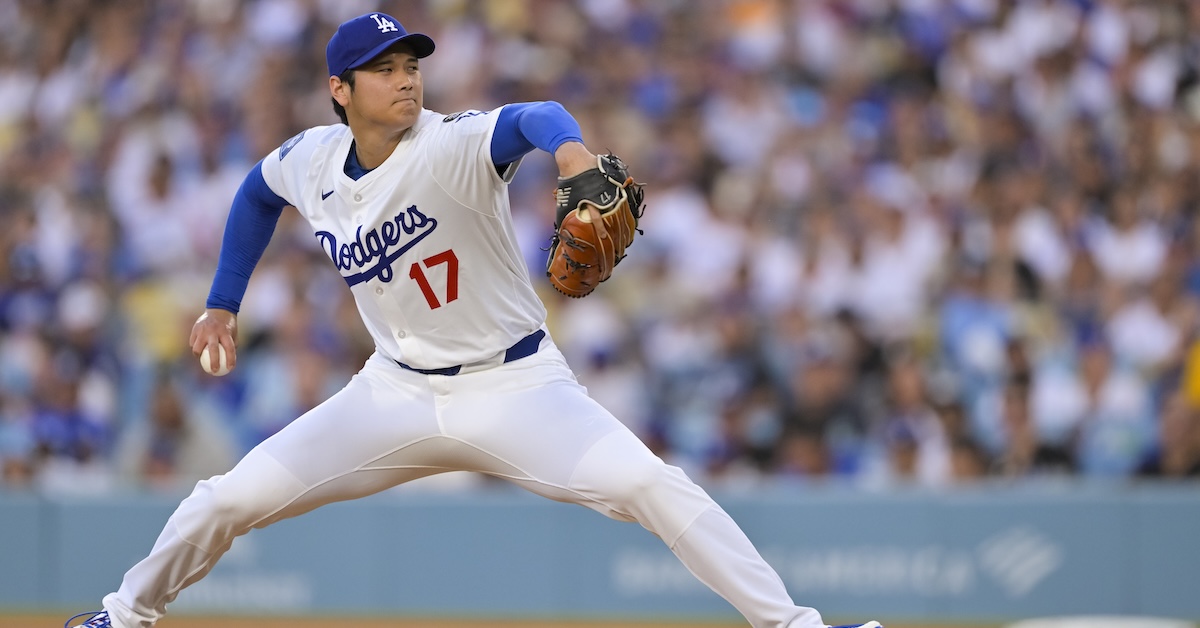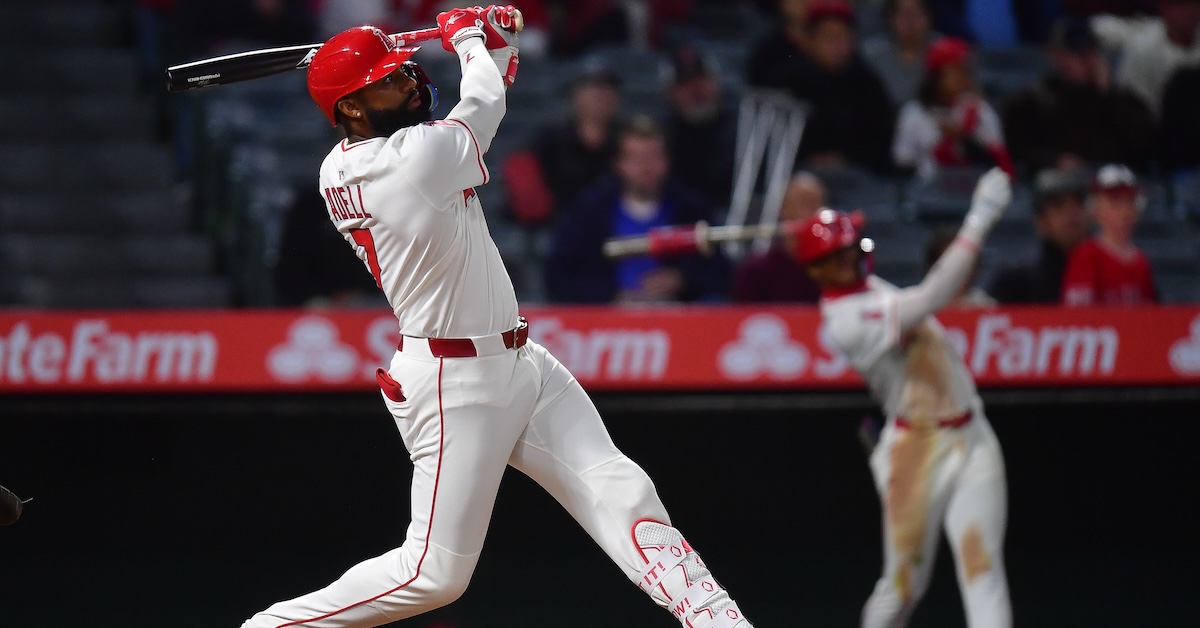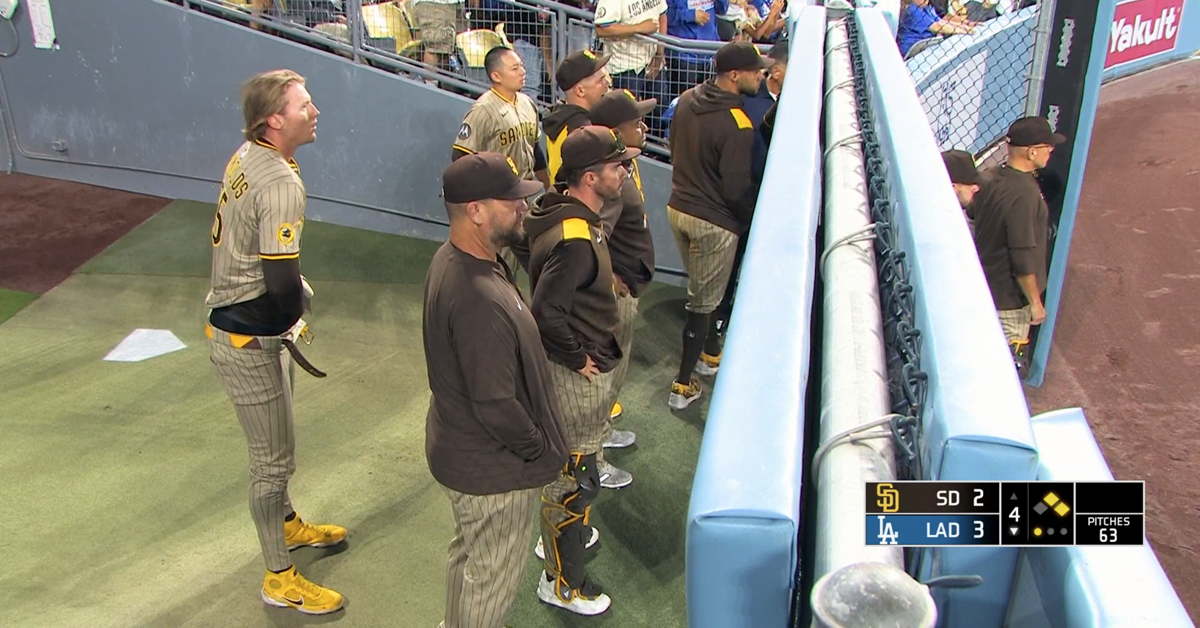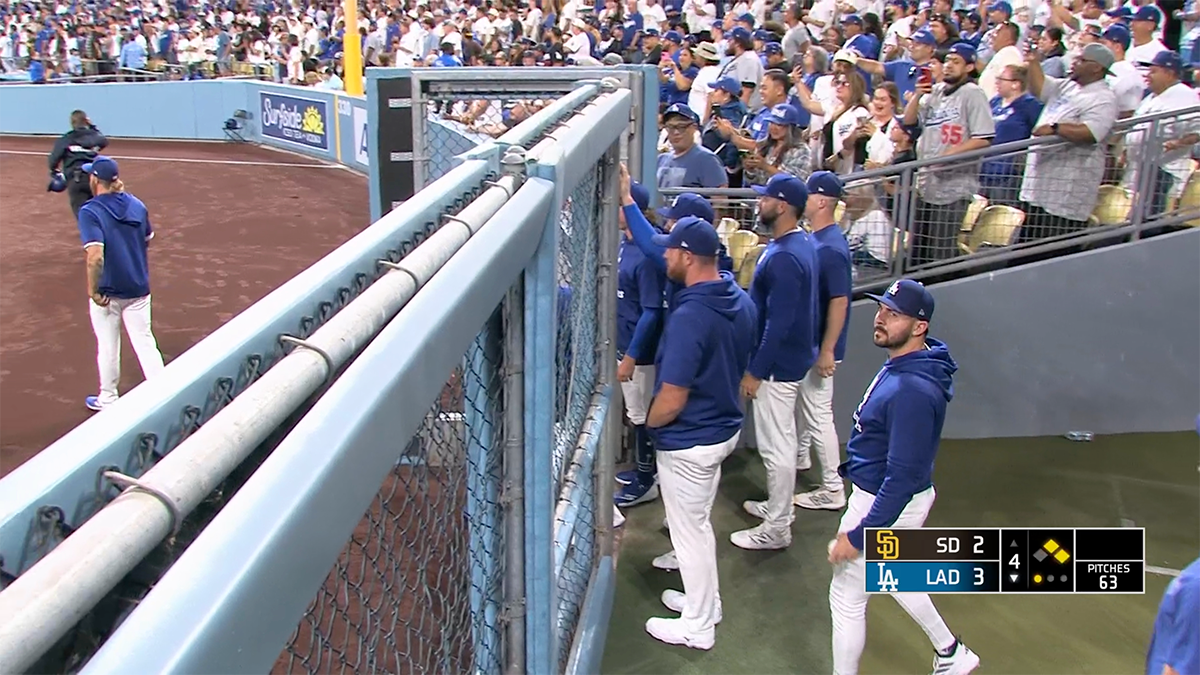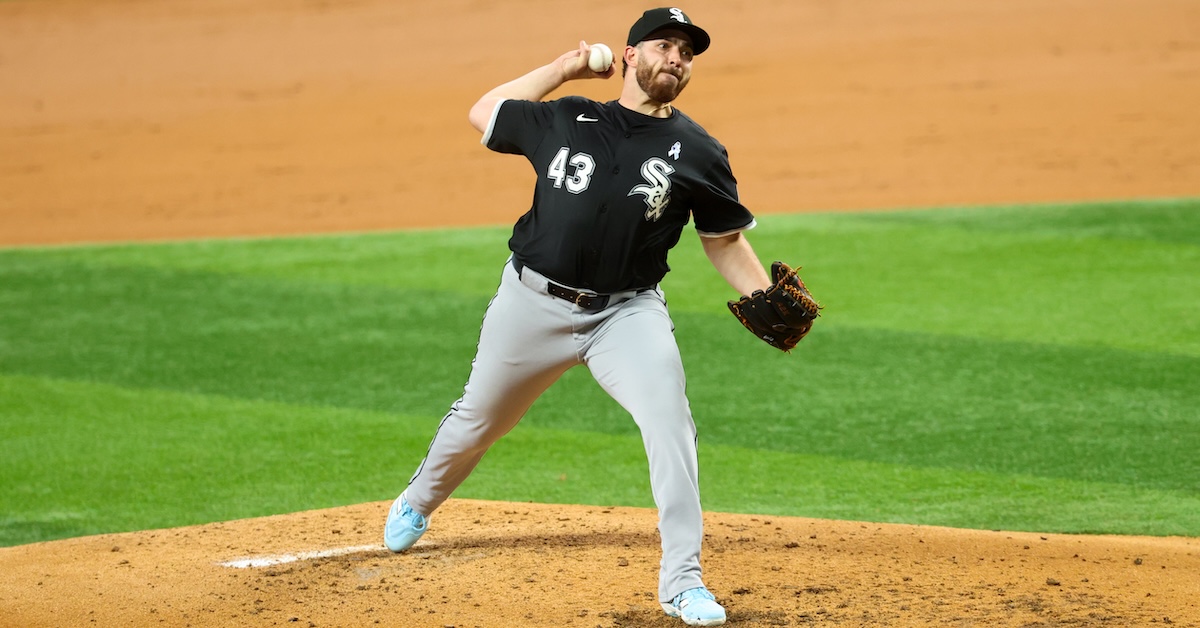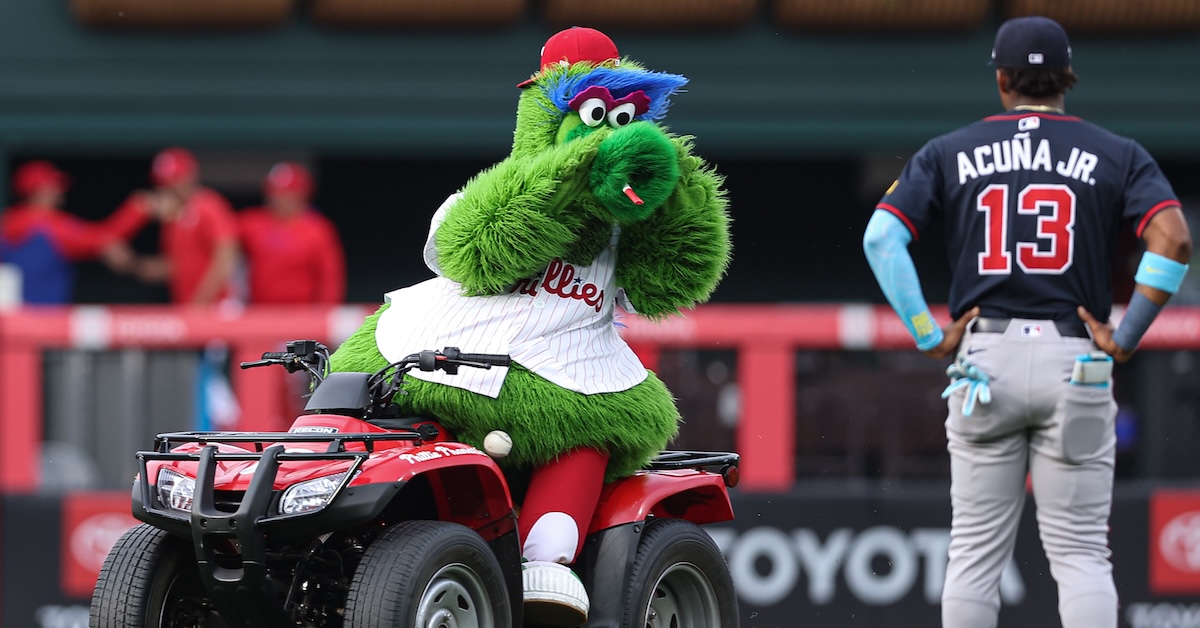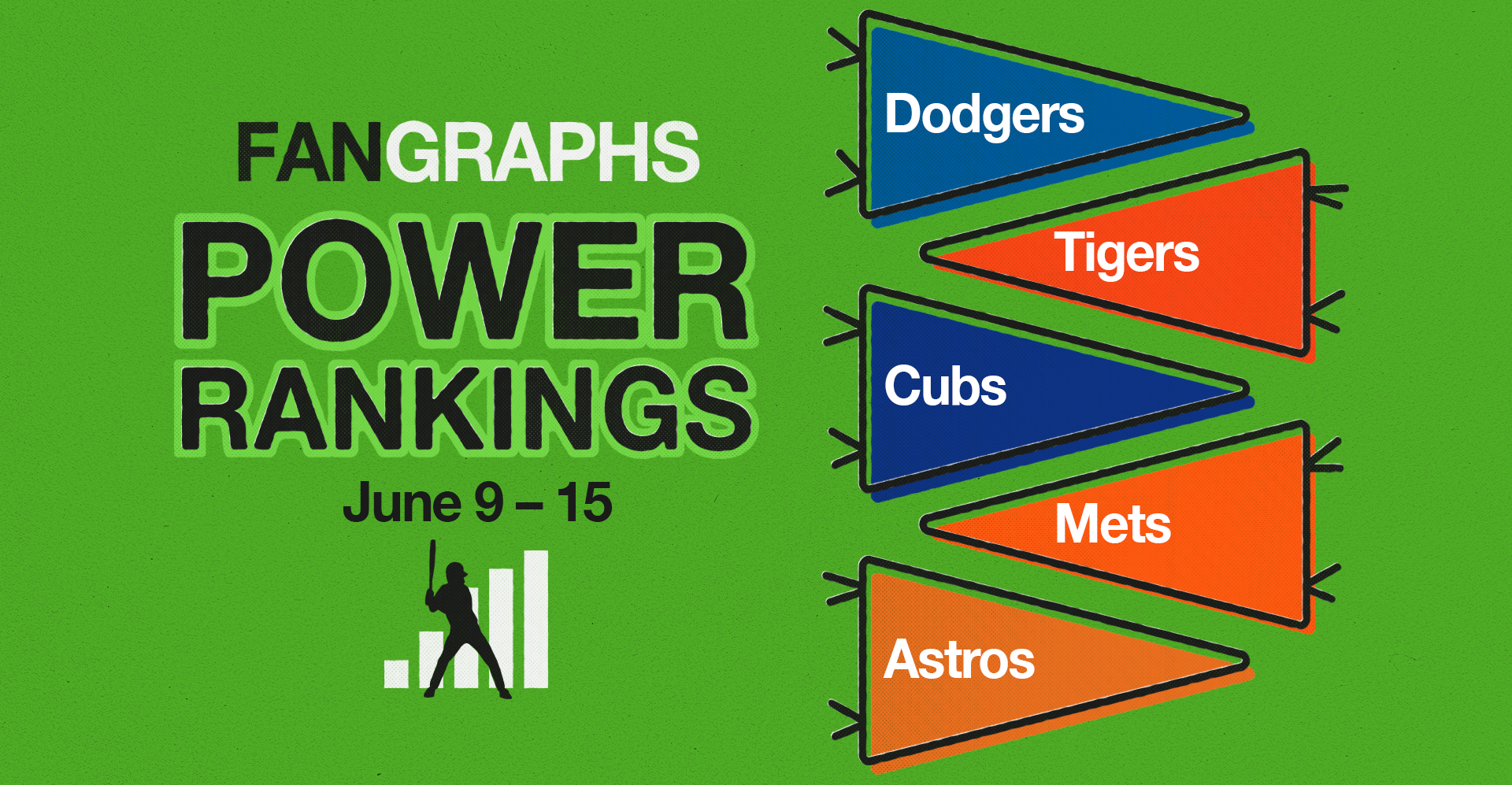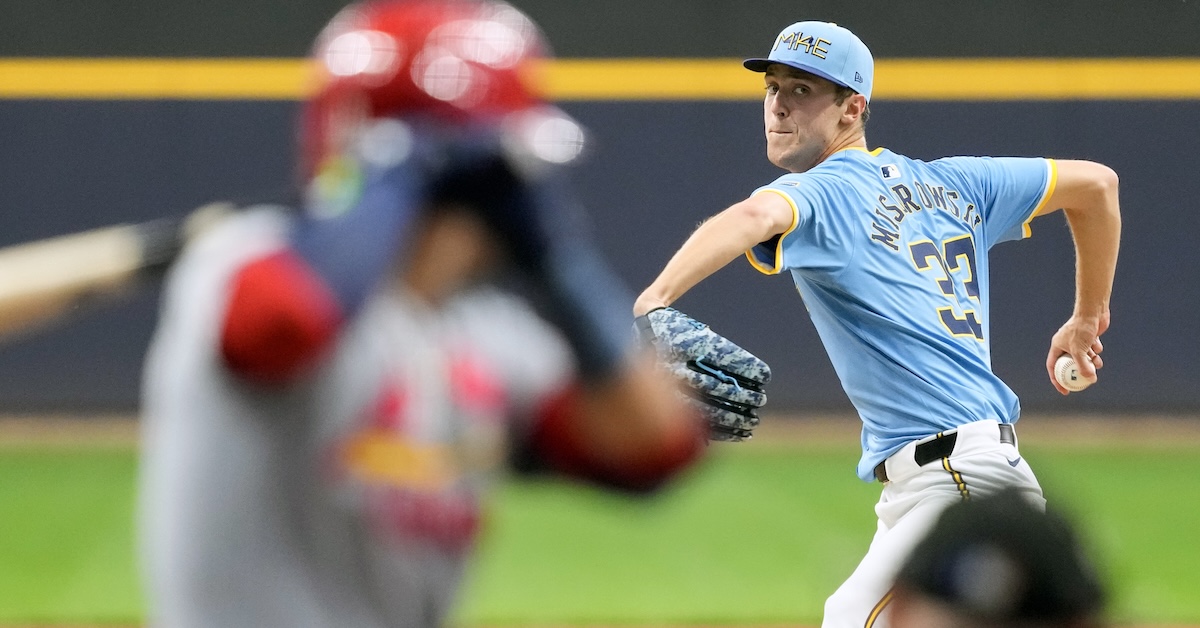Oneil Cruz Looks Like a Center Fielder Now

Two months ago, I checked in on Oneil Cruz, the center fielder. Things weren’t exactly going well. The Pirates shifted Cruz from shortstop to center at the end of the 2024 season, and the early returns were so discouraging I felt the need to write about the experiment just 17 games into the 2025 season. Here’s where the numbers stood at that point:
Cruz is currently sitting on -8 DRS, -2 OAA and FRV, and -0.1 DRP. Among all outfielders, those numbers respectively rank worst, third worst, fourth worst, and fifth worst. The advanced defensive metrics work on different scales and they often disagree, but on this point they are unanimous: Cruz has been one of the very worst outfielders in all of baseball this season. According to DRS, Cruz is the least-valuable defender in baseball, full stop.
There’s great news, though. Last week, reader AJ wrote into our newly introduced mailbag to ask for an update, because Cruz’s stats look totally different now. I decided the turnaround was worthy of a full article instead of a few paragraphs. I’ve broken everything down with my first article as the dividing line. There’s a chasm between Cruz’s first 17 games and his last 48.
| Date | DRS | DRP | OAA | FRV |
|---|---|---|---|---|
| Through April 17 | -8 | -0.1 | -2 | -2 |
| Since April 18 | +3 | +0.5 | +4 | +5 |
| Season Total | -5 | +0.4 | +2 | +3 |
Deserved Runs Prevented is inherently more conservative than the other defensive metrics, but all of the advanced numbers agree Cruz has completely turned things around over the past two months. He hasn’t just stopped racking up negative numbers, he’s dug himself all the way out, grading as a net positive in every metric except Defensive Runs Saved. Over the past two months, they pretty clearly see him as one of the better defenders in the league. Put that together with career-best hitting and baserunning numbers, and Cruz is on pace for a career year. Read the rest of this entry »

